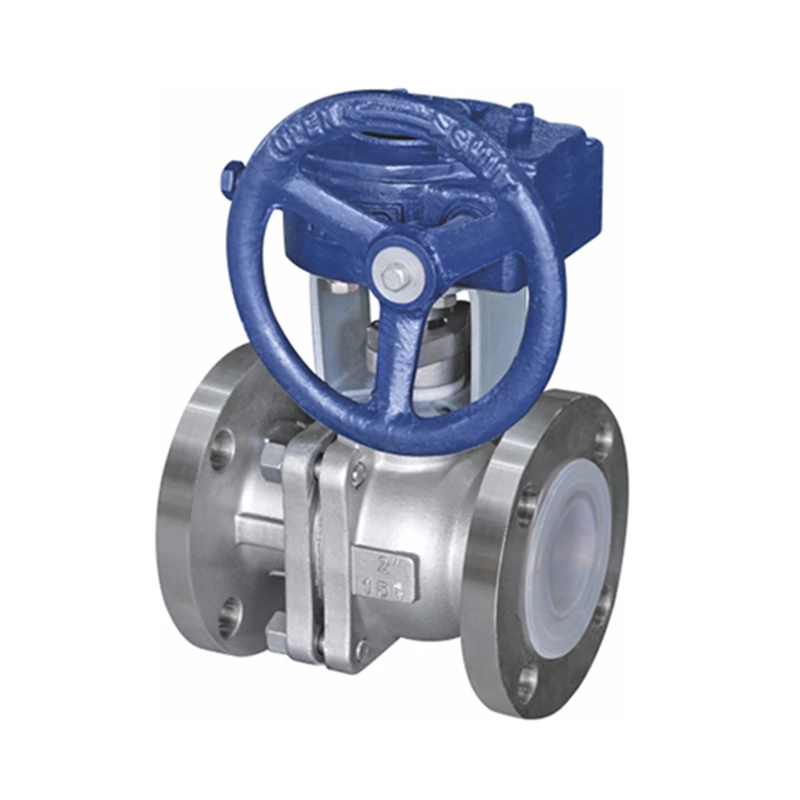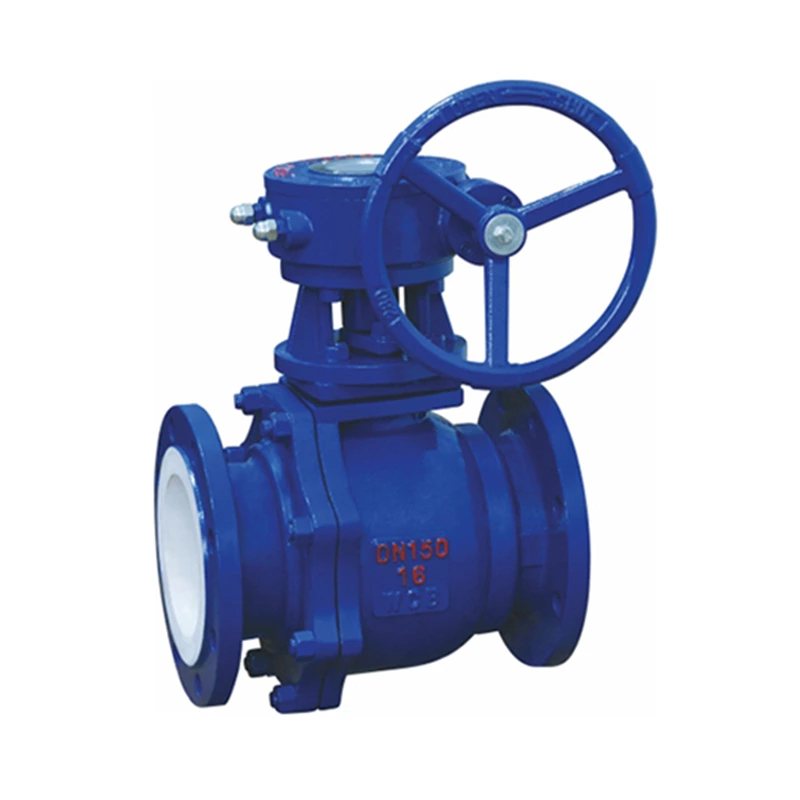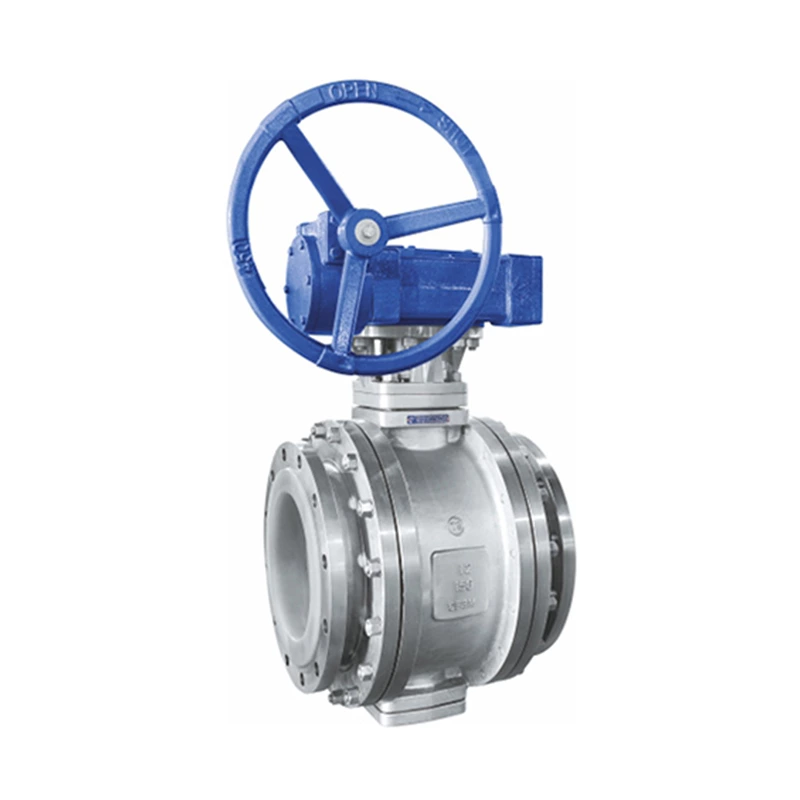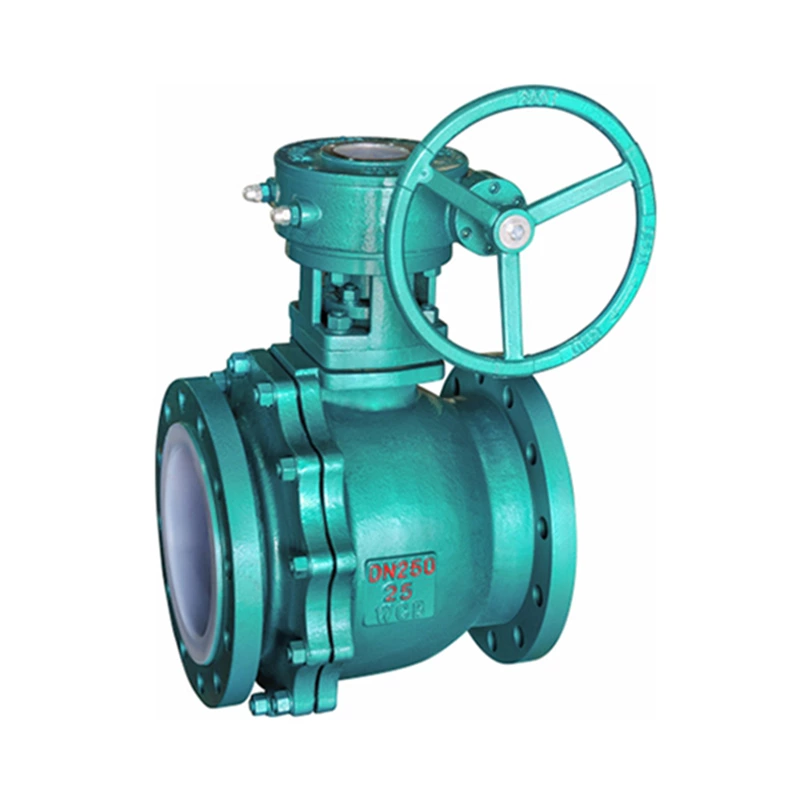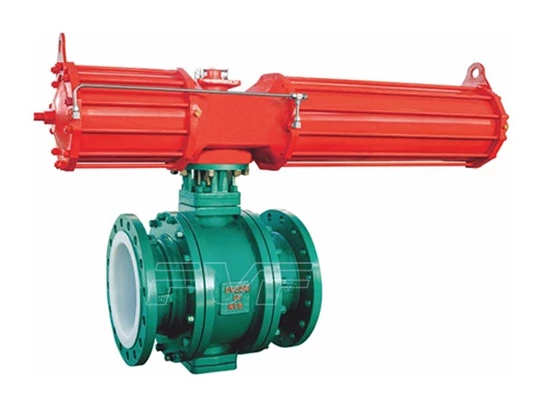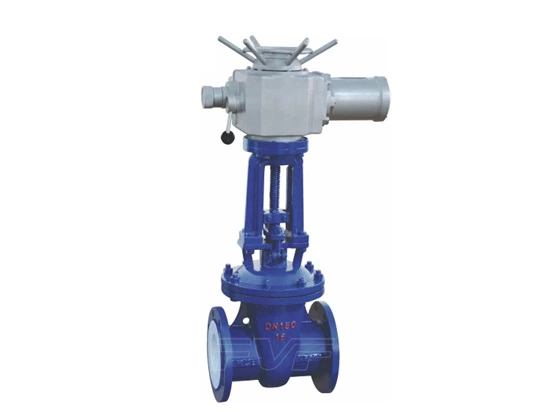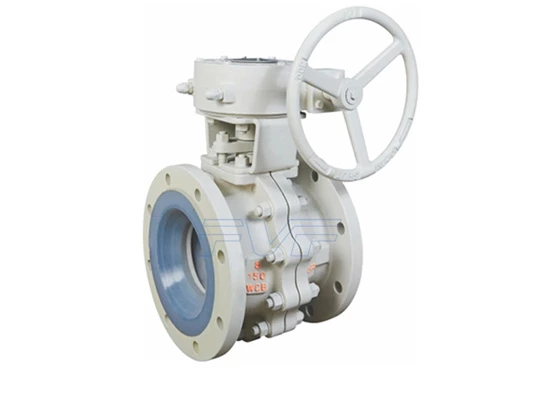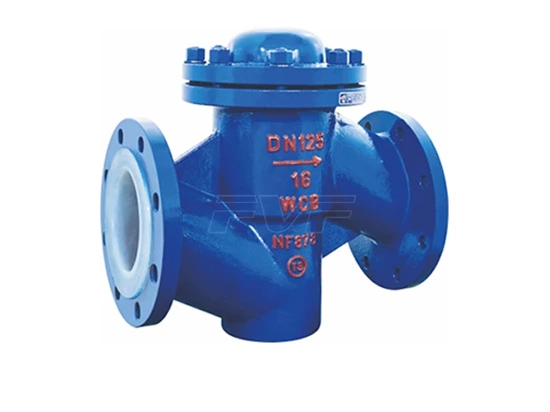Common Valve Problems: "high Pressure Drop"
The difference between the upstream and downstream pressures that cause a flow to flow through a valve is called the pressure drop (ΔP) or differential pressure. If the line size is the same both upstream and downstream of the valve and the velocity is constant, the valve must reduce the fluid pressure through friction losses to produce flow. Part of the valve friction loss is caused by the friction between the fluid and the valve wall. However, this friction is small and does not produce enough pressure drop for the appropriate fluid. A more effective way to produce a significant pressure loss in a valve is through throttling inside the valve body. Because many valves are designed to allow a portion of the valve to be narrower than the pipeline, it is easy to provide throttling in the fluid layer. Because of the law of conservation, as the fluid approaches the valve, its velocity must increase in order for all of the fluid to pass through the valve. Conversely, a corresponding pressure drop occurs.
The highest flow rate and lowest pressure occur downstream of the narrowest constriction, which is called the contraction section. Figure 2 shows that the contraction section is not at the throttling point itself, but at a distance downstream of the throttling, which varies with the pressure involved. When the flow velocity of the flow in the contraction section is the maximum velocity, the flow area of the flow layer is at its minimum value.
After the contraction, the flow slows and the pressure increases again, but not to the original upstream pressure value. The difference between the upstream and downstream pressures is caused by friction losses as the flow passes through the valve and is called the permanent pressure drop. Pressure at the contraction and downstream pressure
Lined Valve the flow rate can be increased by reducing the downstream pressure. For liquid operations, the flow can be restricted by a pressure drop that falls below the vapor pressure of the flow, which will produce inwardly imploding bubbles and gas pockets (called cavitation or flashing, respectively). Flow blockage occurs when the liquid flow is saturated with the fluid itself mixed with bubbles or gas pockets, and it cannot be increased by reducing the downstream pressure. In other words, the formation of gas in the liquid fills the contraction and limits the flow that can pass through the valve. For gases, flow blockage may also occur when the flow rate approaches the speed of sound, and the valve cannot increase the flow despite the reduction of downstream pressure
High pressure drop effect of valves
As discussed above, the following functions of the valve depend on the presence of a pressure drop, which allows the flow to flow from the upstream container to the downstream container or to the atmosphere. Because pressure drop is caused by the valve absorbing energy through friction losses, the ideal pressure drop allows the entire flow to flow through the valve body without excessive flow rate, absorbing less energy. However, some process systems may generate a large pressure drop through the valve due to system requirements.
High pressure drop through the valve creates many problems, such as cavitation, flashing, plugged flow, high noise levels and vibration. These problems cause many direct effects: wear and cavitation damage to the valve body and valve plug, failure or poor performance of the valve itself, calibration drift of auxiliary instruments, pipeline fatigue or hearing loss to nearby workers. In this case, valves operating under high pressure drop require the use of more expensive valve plugs, more frequent maintenance, large spare parts inventory and pipeline supports. These measures increase maintenance and engineering costs.
Although users notice the impact of high pressure drop, the biggest threat of high pressure drop is reduced efficiency of the process system. Because high pressure drop absorbs a lot of energy, energy is lost from the system. In most process systems, the energy added to the system is generated by the pressure of the boiler or pump. When more energy is absorbed by the system, including the energy loss of the high pressure drop valve, a larger boiler or pump must be used. Therefore, if only a few high pressure drop valves are included in the system design, the system will be more efficient and can use smaller boilers and pumps.
